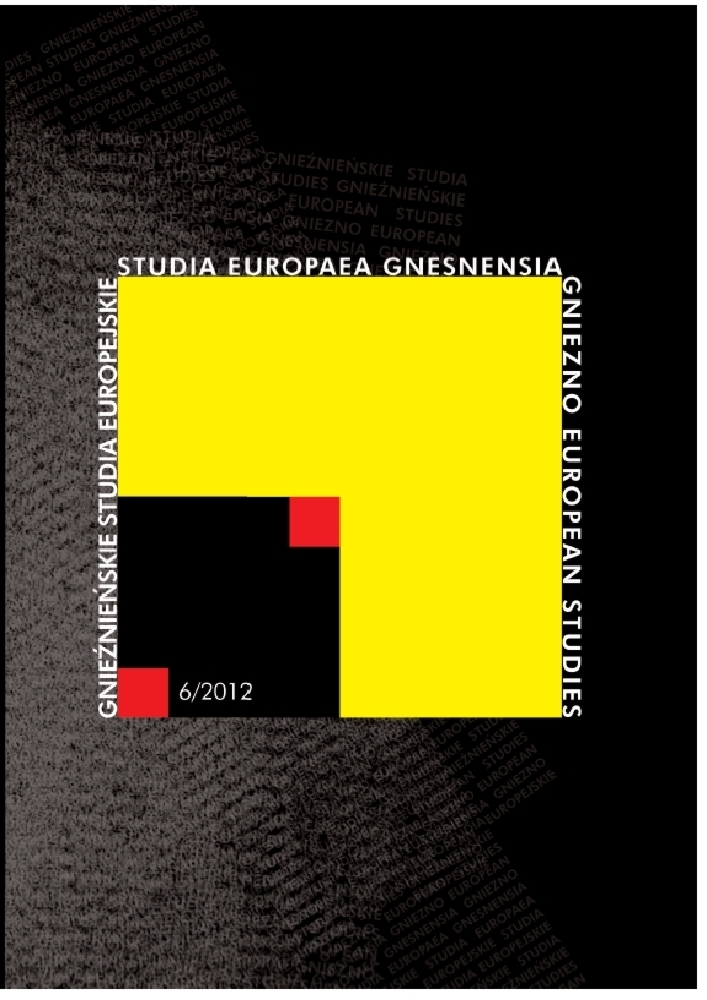Abstract
Colonialism left a singular mark on the fates of the world. The condition of the societies inhabiting the former European colonies is a direct outcome of the contactEurope– the rest of the world, which, although setting out from commendable premises and lofty ideas (civilising the “savages”, Christianization, bringing aid), had a darker side as well. First and foremost, the latter encompasses two phenomena of power: racism and violence. The author of the article, through the analysis of the works of Frantz Fanon and Enrique Dussel demonstrates how the French and the Spaniards, in referring to both of these categories, attempted to build their colonial societies with all related consequences. Fanon, describing colonisation as a phenomenon of violence saw its core precisely in racism. The Martinique-born researcher demonstrates how the French claimed the right to represent indigenous cultures in its overseas colonies and departments, especially in theAntilles. In this context, the author of the article placed a particular emphasis on studying the phenomenon of two worlds – the white and the black one – as Fanon puts it. The matter in question are the mechanisms by means of which a white European created a black skinned person, causing the latter to desire to become a “new white” by renouncing their race. The author argues that the French, in colonising, as it were, “through the body”, induced a singular suspended intercultural state between the European and the native. In turn, the reference to the works of Dussel’s demonstrates that in 1492Americawas “covered” byEurope, which at the time was embodied by the Spaniards. Thus the whole project of colonisingAmericawas founded on the so-called myth of modernity, which made the victims (the pre-Columbian peoples) into the guilty ones, while the persecutors who proceeded with violence (the Spaniards) were innocent. The author analyses the arguments which in the opinion of the Argentinian-Mexican philosopher the Spaniards employed to describe and classify the New World (evangelization, the concept of America as the utopia of Europe, the concept of the just war etc. ) and which were largely nothing else than justification of the phenomenon of violence that the Europeans administered to the non-European cultures. In the conclusion, the author attempted a comparison of the Spanish and the French visions of colonisation, particularly in view of how the societies of Latin America and francophoneAfricacome to terms with their post-coloniality.
References
Bhabha H., Miejsca kultury, transl. by T. Dobrogoszcz, Cracow 2010, p. 30.
Carredano A. (ed.), Historia de América, Barcelona 2006, p. 336.
Dussel E., 1492. El encubrimiento del Otro. Hacia el origen del “mito de la Modernidad”, Plural Editores, La Paz 1994.
Dussel E., Europa, modernidad y eurocentrismo, [in:] Edgardo Lander (ed.), Colonialidad del saber, eurocentrismo y ciencias sociales. Perspectivas latinoamericanas, Buenos Aires 2000, p. 41–53.
Dussel E., Filosofía de la liberación, México 1977.
Dussel E., Hacia una filosofía política crítica, Bilbao 2001.
Dussel E., Sistema-Mundo y „Transmodernidad”, [in:] S. Dube, I. Banerjee, W. Mignolo (ed.), Modernidades coloniales, México 2004, p. 218.
Dussel E., World-System and Transmodernity, [in:] Nepantla. Views from South (Duke, Durham), 3, 2, 2002, p. 211–244.
Fanon F., Algieria zrzuca zasłonę, transl. by Zygmunt Szymański, Warszawa 1962.
Fanon F., Piel negra, mascáras blancas, Editorial Abraxas, Buenos Aires 1973.
Fanon F., Wyklęty lud ziemi, transl. by H. Tygielska, Warszawa 1985.
Girard R., Kozioł ofiarny, transl. by M. Goszczyńska, Łódź 1986.
Girard R., Widziałem szatana spadającego z nieba jak błyskawica, transl. by E. Burska, Warszawa 2002, p. 173.
Habermas J., Filozoficzny dyskurs nowoczesności, transl. by M. Łukaszewicz, Kraków 2005.
Hama B., A. Clair, Albarka znaczy szansa, transl. by K. Witwicka, Warszawa 1977, p. 103.
Kieniewicz J., Ekspansja, cywilizacja, kolonializm, Warszawa 2008, p. 120.
Kubiaczyk F., Rasizm i przemoc. Wizerunek człowieka skolonizowanego według Frantza Fanona i Enrique Dussela ukazała się [w:] H. Jakuszko i L. Kopciuch (red.), Człowiek w kontekstach kulturowych i historycznych, Lublin 2012, s. 219–232.
Lévinas E., Całość i nieskończoność. Esej o zewnętrzności, transl. by M. Kowalska, Warszawa 1998.
Menchú R., Mi nombre es Rigoberta Menchú y así me nació la conciencia, México 1984.
Quijano A., Colonialidad y modernidad-racionalidad, [in:] H. Bonilla (ed.), Los conquistados. 1492 y la población indígena de las Américas, Bogotá 1992, p. 439.
Rasizm a la française. Wywiad z Liliamem Thuramem, Forum 7, 15–21.02. 2010, p. 26.
Ziegler J., Nienawiść do Zachodu, transl. by E. Cylwik, Warszawa 2010,
License
Copyright © 2012 by IKE and PTPN
